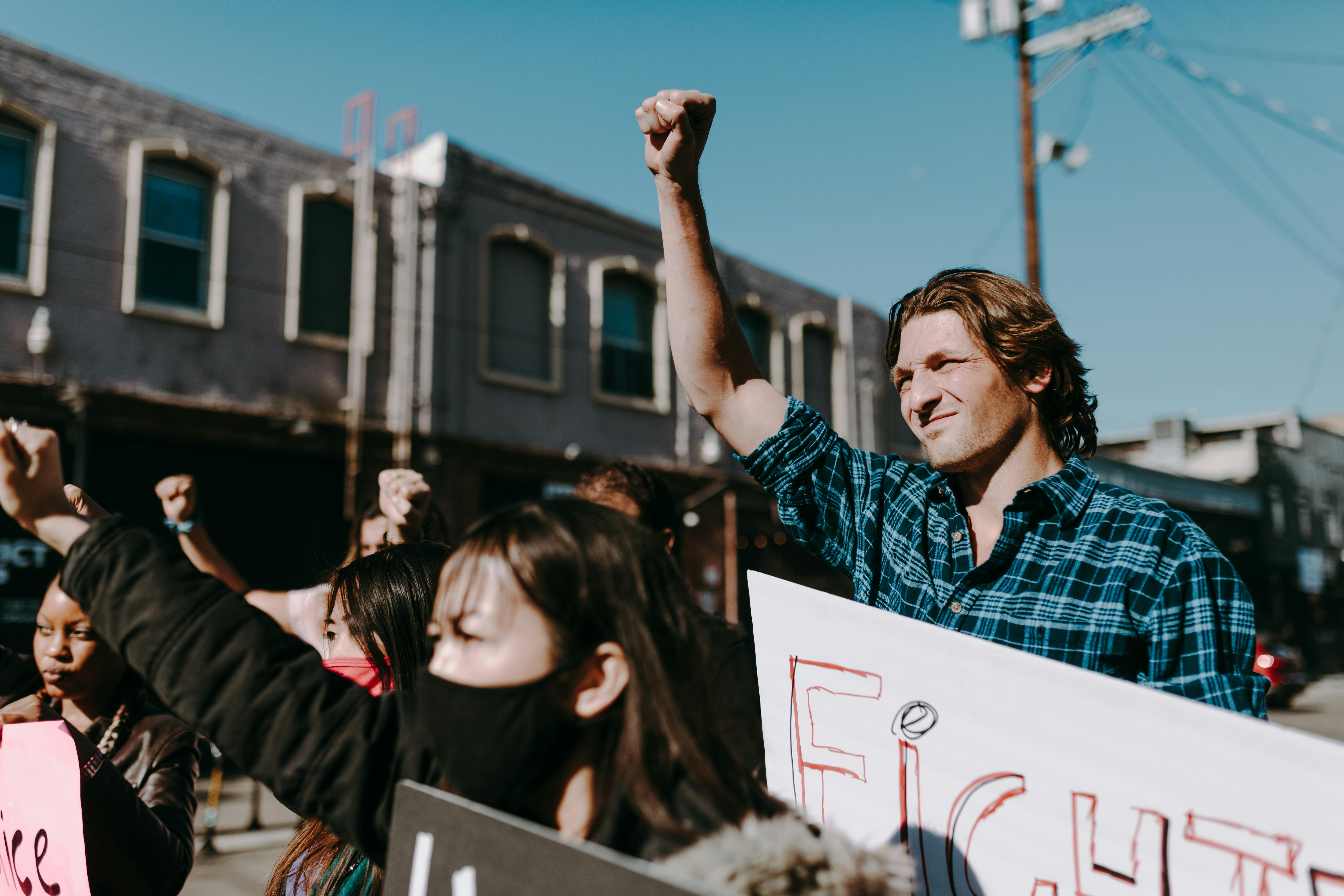Melvin Beaunorus Tolson is an African-American modernist poet, educator, columnist, and playwright whose work has focused on the African-American experience and includes several poetic stories. He lived during the Harlem Renaissance and, although he did not participate, his work reflects his influences.
Tolson’s year at Columbia University from 1931 to 1932 on a Rockefeller Foundation fellowship placed him in Harlem at the end of the Harlem Renaissance, for which he befriended many of the writers who were associated with him, in particular Langston Hughes, and was inspired to develop his poetics. talent.
In many of his poems, therefore, Tolson would revisit the atmosphere of 1930s Harlem. Inspired by the accomplishments of people like Hughes around him, Tolson decided to contribute to the proud legacy that black writers were establishing. .
Your previous collection quote and gallery reflects the early influence of Walt Whitman, Edgar Lee Masters and Langston Hughes, thus highlighting Tolson’s proletarian convictions and optimistic spirit. This later became evident in his interest in issues of black dignity as well as in his elaboration of multiracial diversity in America… This must have led the West African Republic of Liberia to declare him their Poet Laureate in 1947 .
Born in 1900 in Moberly, Missouri, Melvin Tolson was the son of a Methodist minister and an African-Greek mother who was a seamstress. Therefore, he was raised in a Methodist Episcopal household with his father, a Reverend who had taught himself classical languages. He moved on a circuit of small Midwestern towns with his parents between various churches in the Missouri and Iowa area until he finally settled in the Kansas City area. He lived in a home of contradictions. His father, who had an eighth-grade education, was skeptical about the value of a college education, but still instilled in his son a strong desire for knowledge.
As a child he liked to paint, but was forced to give it up because of his mother’s disapproval of a bohemian artist who wanted to take him to Paris. So by turning to poetry, he found an appropriate outlet for his creativity. At the age of 14 he published his first poem “The Wreck of the Titanic” in the local newspaper of Oskaloosa, Iowa. Then, in Kansas City, in 1911, he was elected poet of the last year.
He graduated from Lincoln High School in Kansas City in 1919 and enrolled at Fisk University, but transferred to Lincoln University that year for financial reasons. There he met Ruth Southall and married her on January 29, 1922. Tolson graduated with honors in 1924 and then moved to Marshall, Texas, to teach speech and English at Wiley College.
While at Wiley, Tolson developed an epoch-making series of extracurricular activities, including coaching the junior varsity football team, directing the drama club, co-founding the Black Intercollegiate Association for Southern Speech and Dramatic Arts, as well as organizing the Wiley Forensic Society, an award-winning debate club that earned a national reputation for breaking the color barrier across the country and achieving unprecedented success, such as when, on their tour in 1935, they competed against the University of Southern California in the that Oprah Winfrey – film produced The great debaters, is based on, released on December 25, 2007 (although in the film they discuss Harvard, not USC). The film was directed by Denzel Washington.
Tolson mentored many students at Wiley and encouraged them not only to be whole, but also to always stand up for their rights, even though it was quite a controversial position in the American South in the early and mid-20th century.
Beginning in 1930, Tolson began to write poetry. He took a leave of absence for a master’s degree in comparative literature from Columbia University in 1930-31, but did not complete it until 1940 with the writing of a thesis on the Harlem Renaissance and the writing of his first book of poems. harlem Portrait Gallery, poems that appeared in Arts Quarterly, Modern Quarterly Y Modern Monthly.
In 1941, dark symphonyOften considered his greatest work for winning first place in a 1939 national poetry contest, it was published in Atlantic Monthly. dark symphony compare and contrast African-American and European-American history.
In 1944 Tolson published his first collection of poetry, Date with Americawhat includes dark symphony produced at the request of the publisher Atlantic Monthly when moving to Dodd Mead. The book quickly went through three editions from 1944 onwards.
The Washington Tribune hired Tolson to write a weekly column, Cabbage and Caviarin which he attacked the class pretensions and lack of racial pride of the black middle class after leaving his teaching position at Wiley in the late 1940s.
Tolson began teaching at Langston University in Langston, Oklahoma, in 1947. He also served as a playwright and director of the Dust Bowl Theater there. One of his students there, Nathan Hare, the pioneer of black studies, later became the founding editor of the black scholar
Another important work of his is Libretto for the Republic of Liberia (1953). Written in the form of an epic poem, it is perhaps the poet’s most ambitious work. It was commissioned that year and completed in 1953 for the 1956 Liberian centennial.
The one with eight sections Libretto for the Republic of Liberia it marks the intersection of several disparate threads: modernist stylistics superimposed on an English Pindaric ode on an African political moment by an African-American artist. Although it has a black theme, it could be said that this poem is also about the world of men. And this subject is not simply affirmed, it is embodied in a rich and complex language and realized in terms of the poetic imagination. It gives an initial clue to its meaning by allusive indirection. But it marks Tolson’s growing poetic ambition through a lengthy, complex and allusive in places and full of surreal dream visions in others. However, it is still a poem little read by a black.
That year, Liberia declared Tolson its Poet Laureate, who was subsequently inducted into the Liberian Knight Order of the Order of the Star of Africa. The 1950s and 1990s brought him growing success. He won poetry prizes and honorary doctorates. He later got a professorship at the Tuskegee Institute. He won the Arts and Letters Award in literature from the American Academy and Institute of Arts and Letters. He also entered local politics and was elected mayor of the city of Langston for four consecutive terms from 1954 to 1960.
In 1965, Tolson’s last work to appear during his lifetime, the long poem harlem gallery, was published. This last poem consists of several sections, each of which begins with a letter of the Greek alphabet and focuses on exploring African-American life. It is altogether a drastic departure from his early work.
In 1965, Tolson was appointed to a two-year term at the Tuskegee Institute, where he was the Avalon Poet. But he didn’t live long enough to finish his term here. He because he passed away in the middle of his appointment after being operated on for cancer in Dallas Texas, on August 29, 1966. He was buried in Guthrie, Oklahoma.
The poems he wrote in New York were published posthumously in 1979 as A Gallery of Harlem Portraits in a mixture of various styles as well as in free verse. The racially diverse and culturally rich community featured in A Gallery of Harlem Portraits may be based on or intended to be Marshall, Texas. His poems have been characterized by their allusive, complex, modernist style and their long poetic sequences.
Tolson, a man of impressive intellect, created poetry that was “funny, witty, humorous, slapstick, rude, cruel, bitter, and hilarious,” as Karl Shapiro had said of the Harlem Gallery. Langston Hughes described him as having “no intellectuals. The students revere him and love him. The boys in the cotton fields like him. The cow-beaters get him… he’s a great talker.” In New York, Tolson met such prominent figures as the literary critic and editor VFCalverton, who described him as “a vivid and brilliant writer who achieves his best effects by understatement rather than exaggeration and who captures in a line or a stanza that most of his contemporaries have failed. to capture in pages or volumes”.
Tolson’s fearless attitude toward controversy and his forceful defense of his religious and social views drew not only fire but also an invitation to publish in the Pittsburgh Mail.
poetry
Raise Every Voice and Sing (1899)
Trombones of God: Seven (1927)
selected poems (1936)




